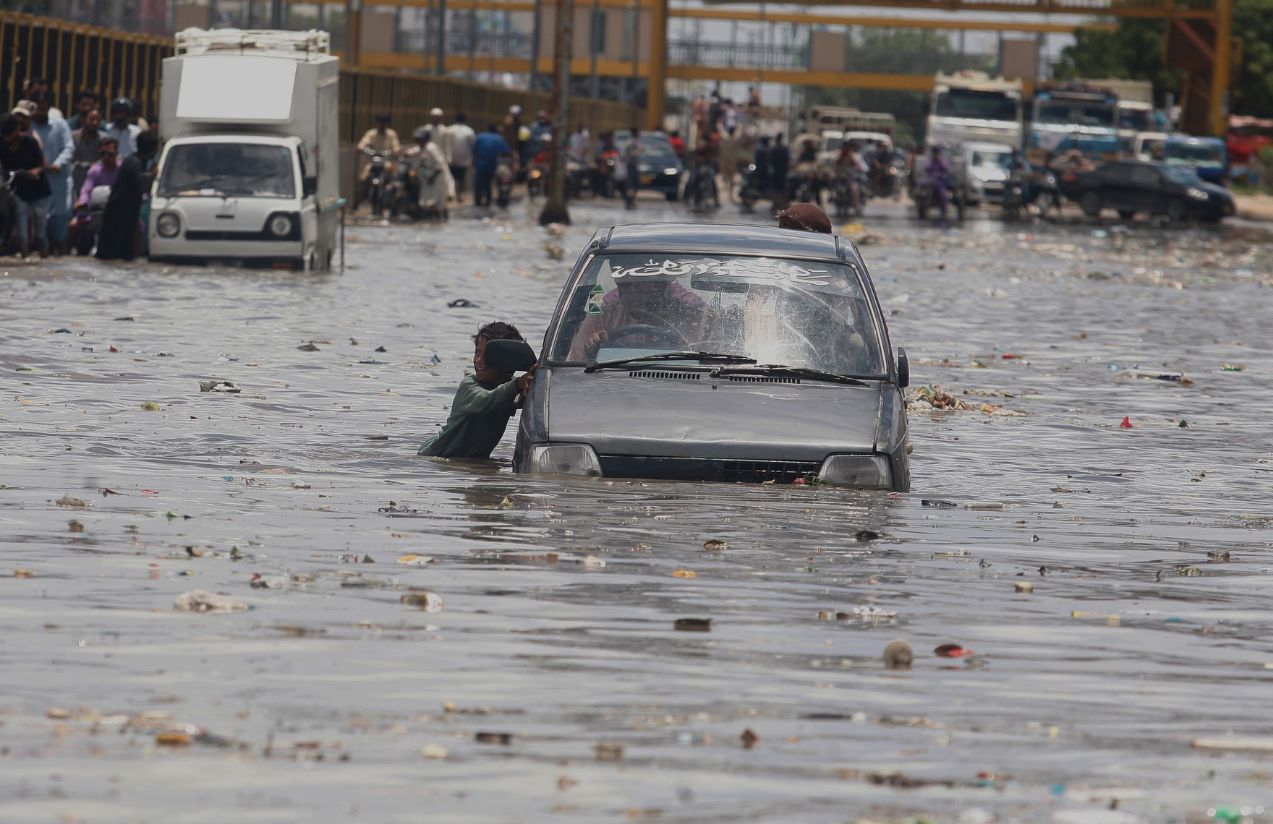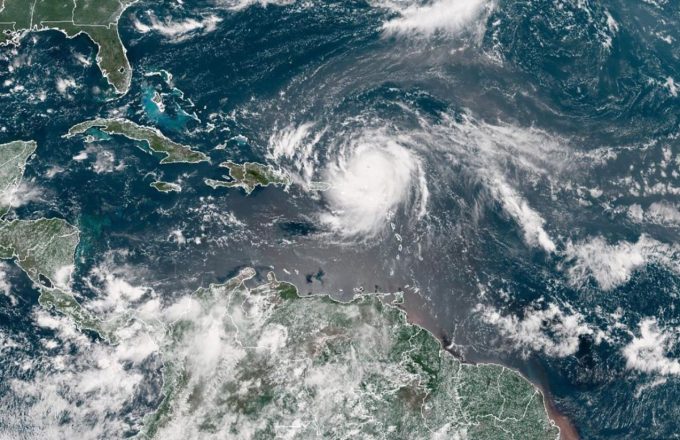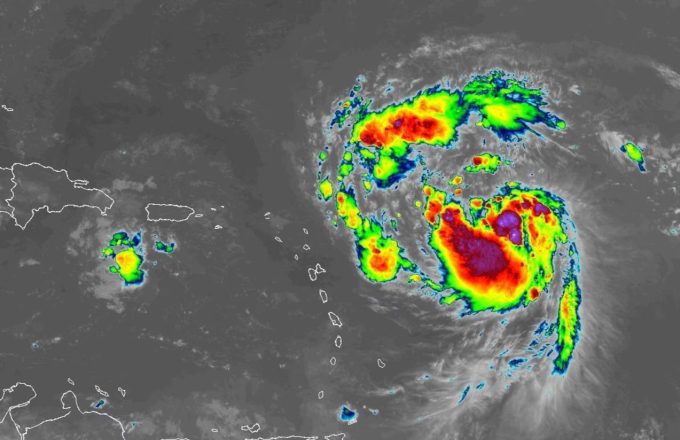Pakistan is facing a tragedy of immense proportions:
In the last 24 hours, more than 190 people have lost their lives in the northwest of Pakistan due to torrential rains, landslides, and sudden river overflows in the province of Khyber Pakhtunkhwa. The district of Buner was among the hardest hit, with around 100 fatalities, while a rescue aircraft crashed because of severe weather, killing its five crew members.
This calamity comes amid a series of intense downpours particularly affecting mountainous regions, which have triggered flash floods and landslides. The disaster has forced mass evacuations and the urgent deployment of emergency services, while the Prime Minister convened an emergency meeting to coordinate response efforts.

This is now considered one of the deadliest episodes of the monsoon season, which this year has been especially destructive across the region. Experts note that the intensity of rainfall has increased significantly, a trend linked to the broader effects of climate change.
What actions are being taken to address this crisis?
Authorities have mobilized rescue teams, including military forces and local volunteers, to reach isolated villages. Medical camps and humanitarian aid centers have been set up, while both federal and provincial governments are allocating resources to assist survivors and assess structural damages.













